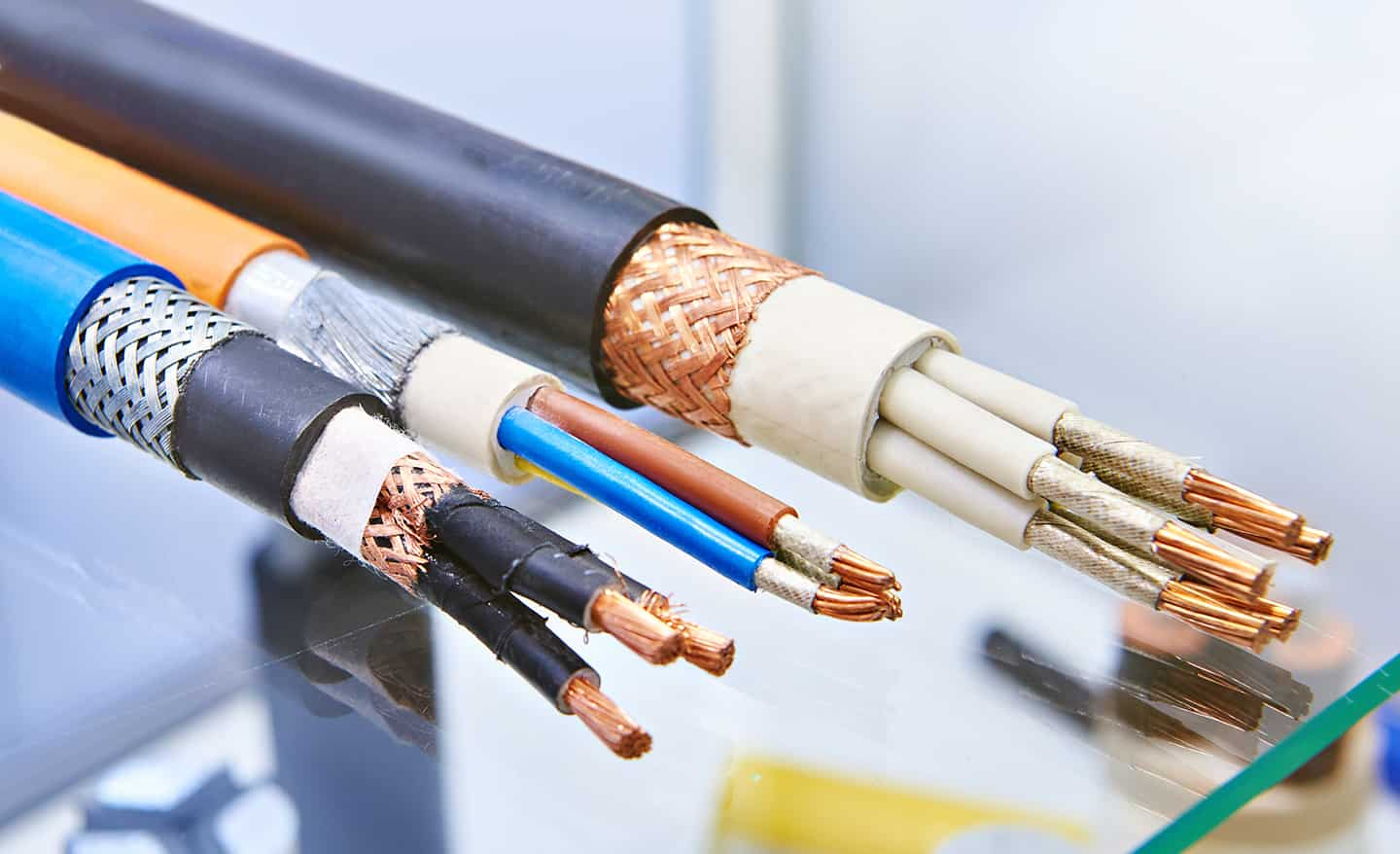
In the realm of electrical wiring, the 3-wire cable stands as a fundamental component with diverse applications across various industries. This article aims to delve into the intricacies of 3-wire cable, exploring its uses, advantages, and significance in modern electrical systems.
Understanding 3-Wire Cable
A 3-wire cable, also known as a three-conductor cable, comprises three conductors within a single sheath. These conductors are typically color-coded for easy identification, with each serving a specific purpose in electrical circuits. The most common configuration includes a black wire for hot, a white wire for neutral, and a green or bare wire for ground. This design facilitates the safe and efficient transmission of electrical power while ensuring compliance with industry standards and regulations.
Applications in Residential Wiring
In residential settings, 3-wire cable finds extensive use in electrical installations. It is commonly employed for powering lighting fixtures, outlets, and appliances throughout homes. The inclusion of a dedicated ground wire enhances safety by providing a path for fault currents to dissipate, reducing the risk of electrical shocks and fires. Additionally, the presence of separate neutral and ground conductors allows for more reliable and stable electrical distribution within residential circuits.
Industrial and Commercial Utilization
Beyond residential applications, 3-wire cable plays a pivotal role in industrial and commercial environments. Its robust construction and ability to handle higher electrical loads make it suitable for powering heavy machinery, HVAC systems, and industrial equipment. Moreover, the inclusion of a dedicated ground conductor ensures enhanced protection against electrical faults, making it indispensable in critical infrastructure where safety and reliability are paramount.
Advantages of 3-Wire Cable
The utilization of 3-wire cable offers several distinct advantages in electrical systems. Firstly, the presence of a dedicated ground wire minimizes the risk of electrical hazards, providing a reliable path for fault currents to dissipate. This feature is particularly crucial in safeguarding both personnel and equipment from potential electrical dangers. Furthermore, the inclusion of separate neutral and ground conductors allows for improved power quality and reduced electromagnetic interference, contributing to the overall stability and efficiency of electrical systems.
Incorporating Advanced Technologies
With the advent of advanced technologies, the versatility of 3-wire cable extends to accommodate emerging trends in the electrical industry. Integration with smart home systems, renewable energy solutions, and electric vehicle charging infrastructure underscores the adaptability of 3-wire cable in meeting the evolving demands of modern electrical applications. Its compatibility with digital communication protocols and power management systems further positions it as a cornerstone of innovation in the electrical domain.
Conclusion
In conclusion, the 3-wire cable stands as a cornerstone of electrical infrastructure, serving as a reliable and versatile solution for diverse applications. Its inherent safety features, robust construction, and adaptability to emerging technologies underscore its enduring relevance in modern electrical systems. As industries continue to evolve, the 3-wire cable remains an indispensable component, empowering the seamless transmission of electrical power while upholding the highest standards of safety and efficiency.



